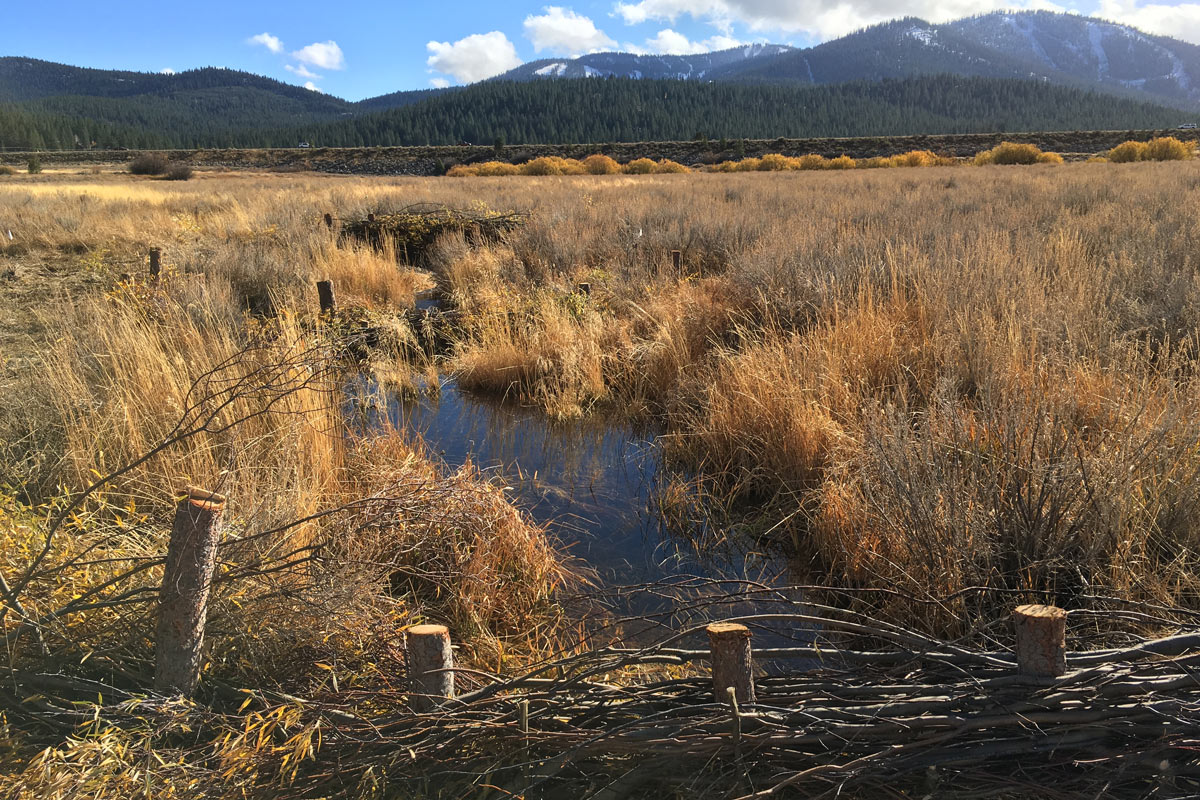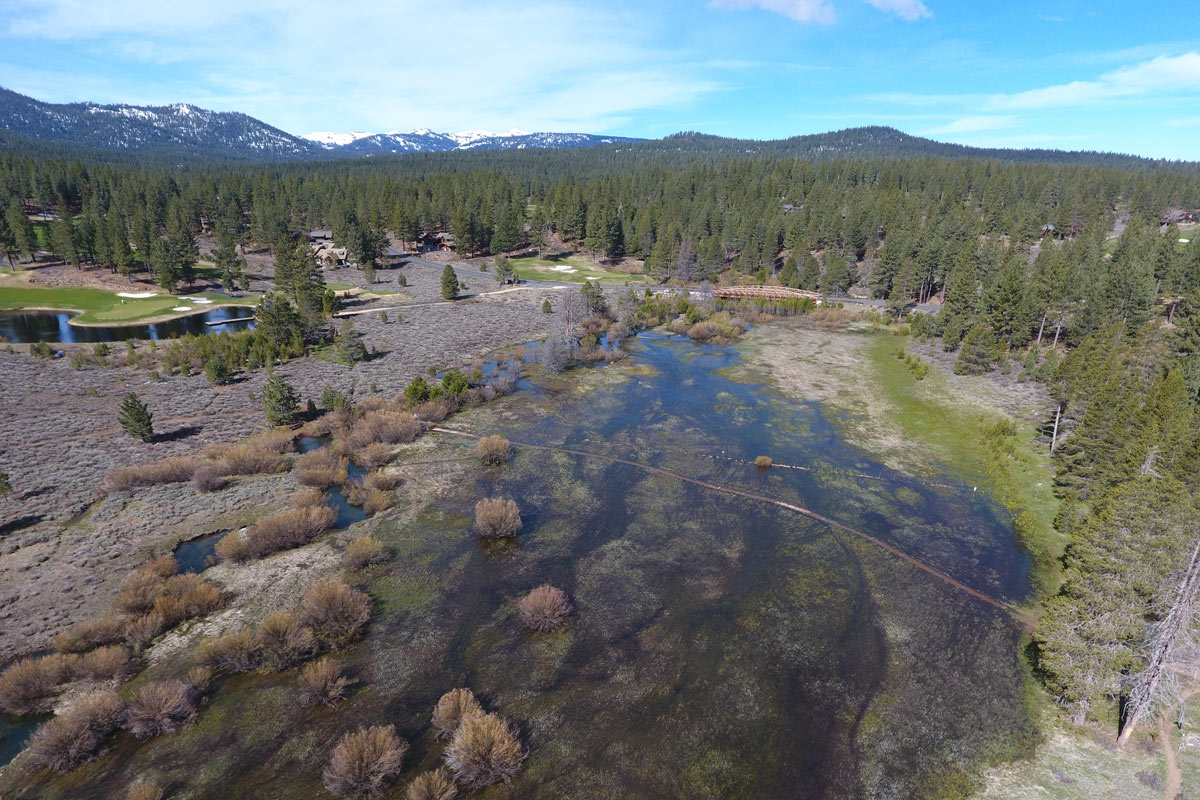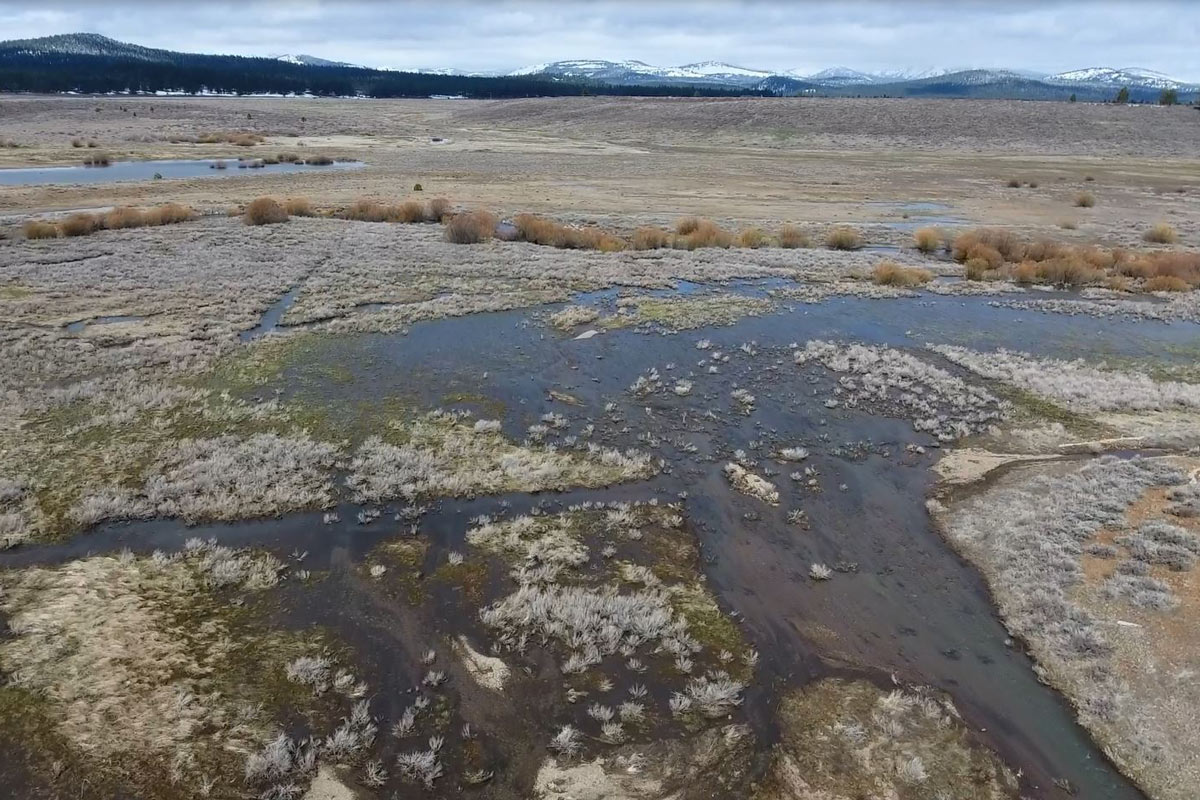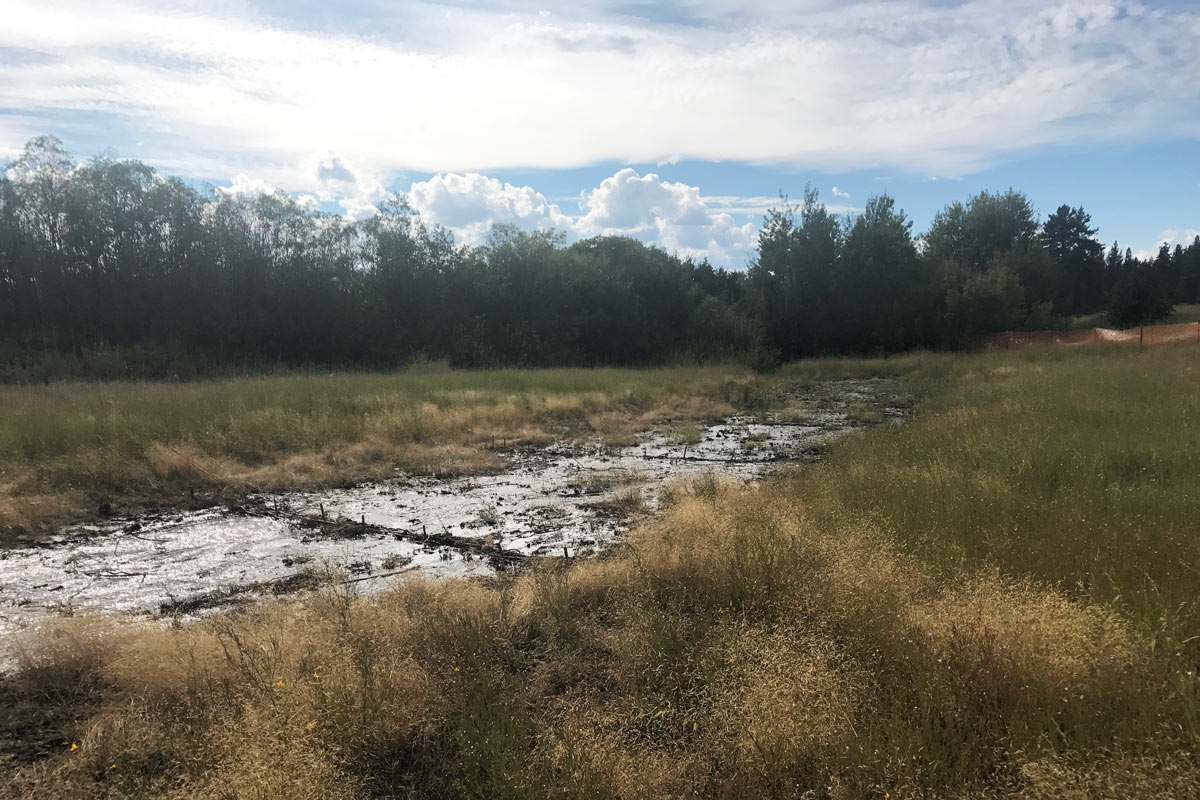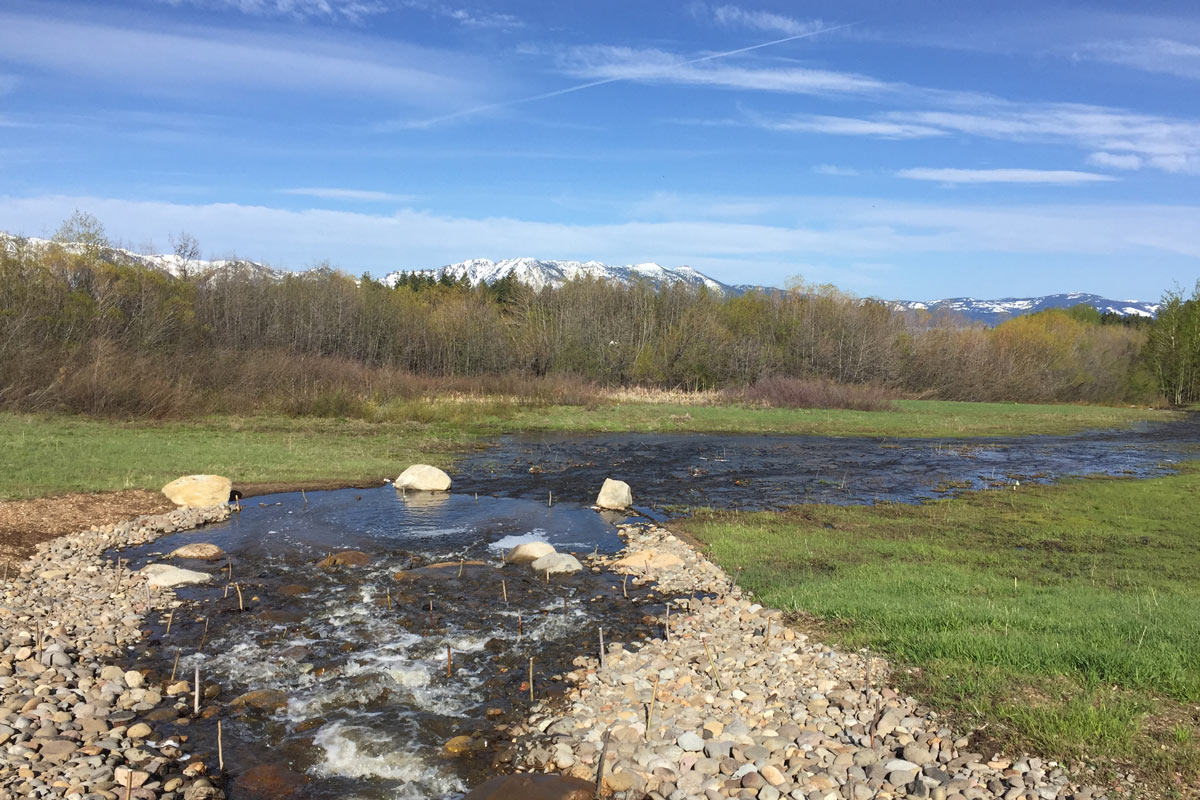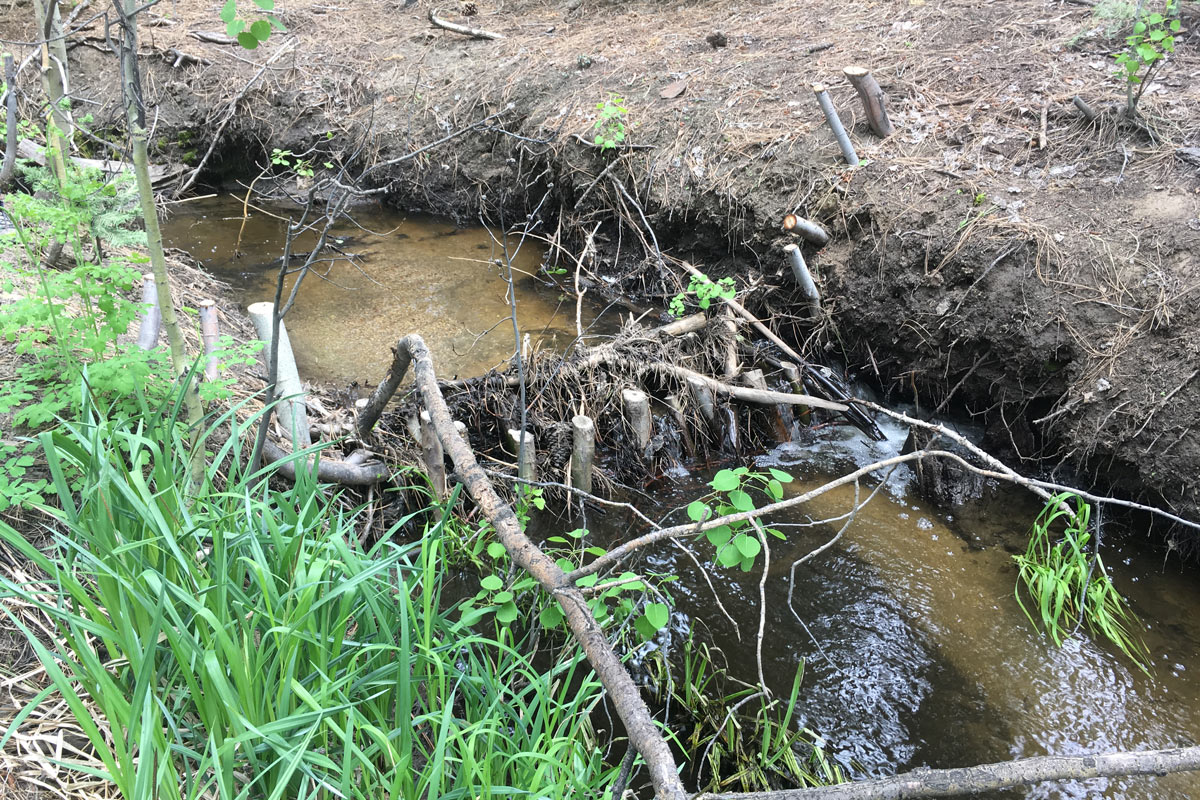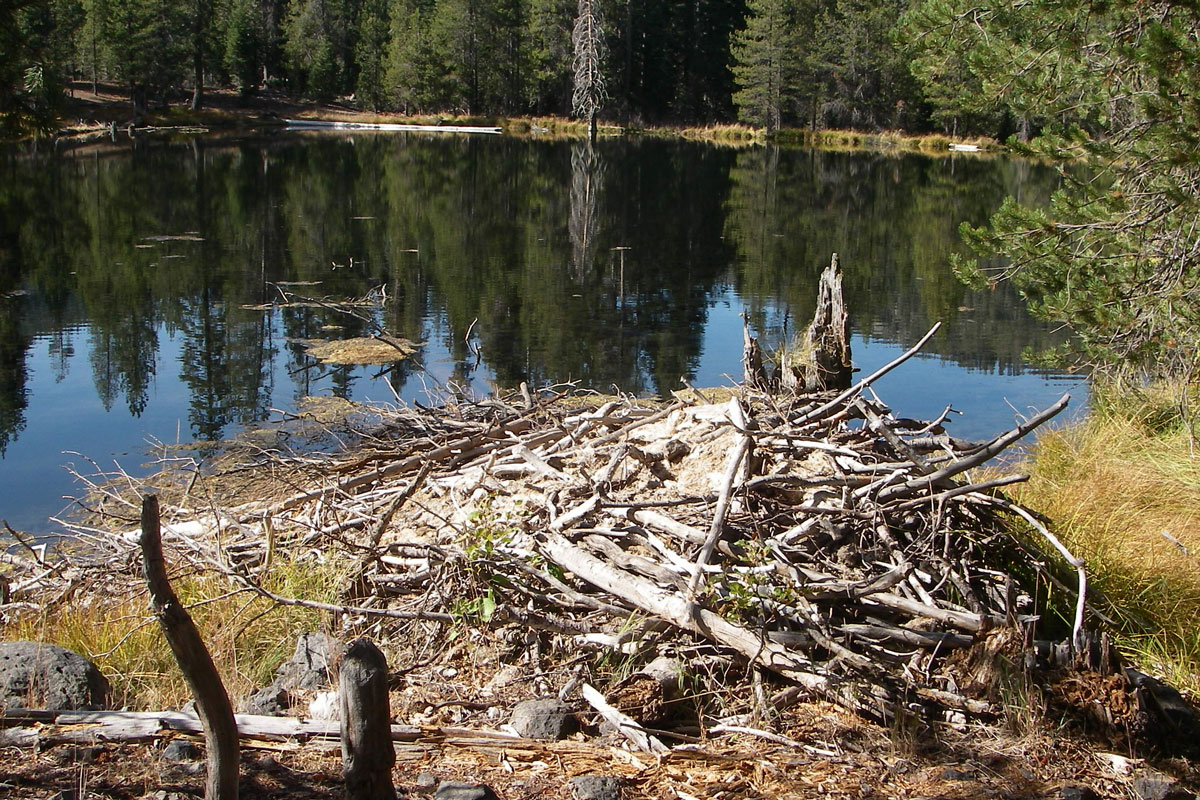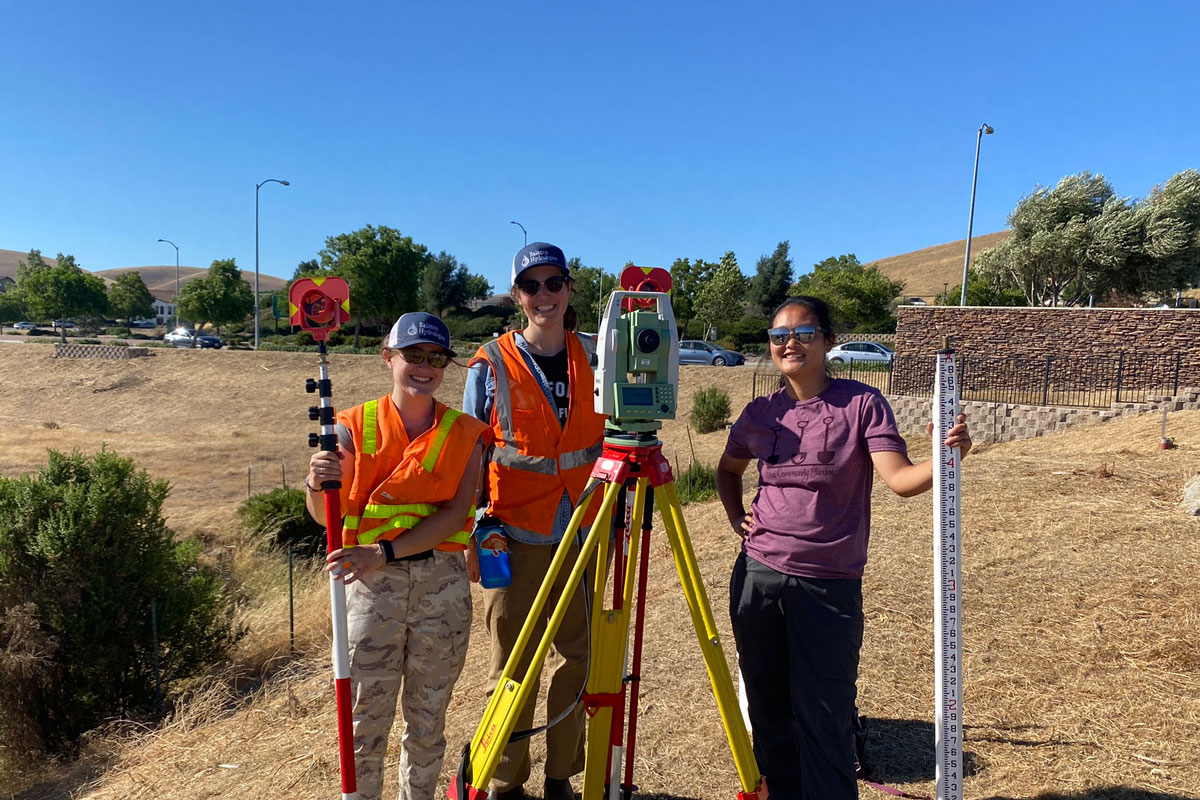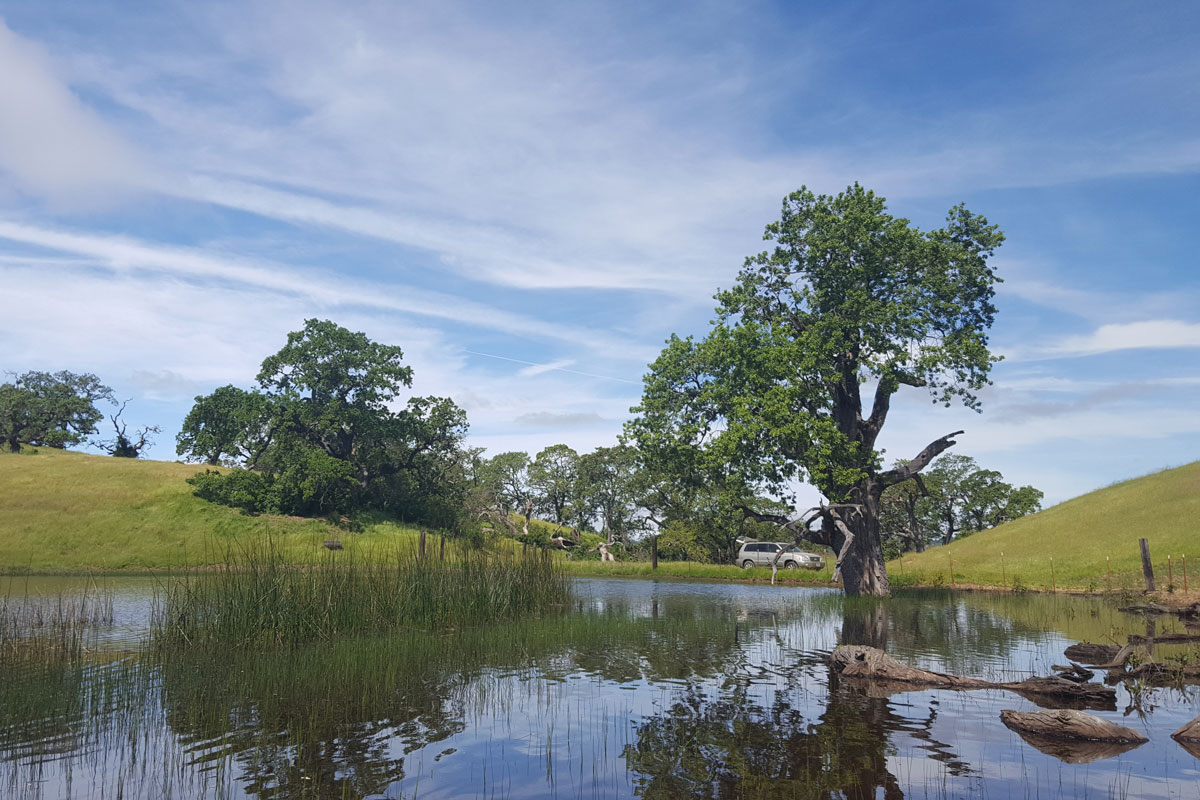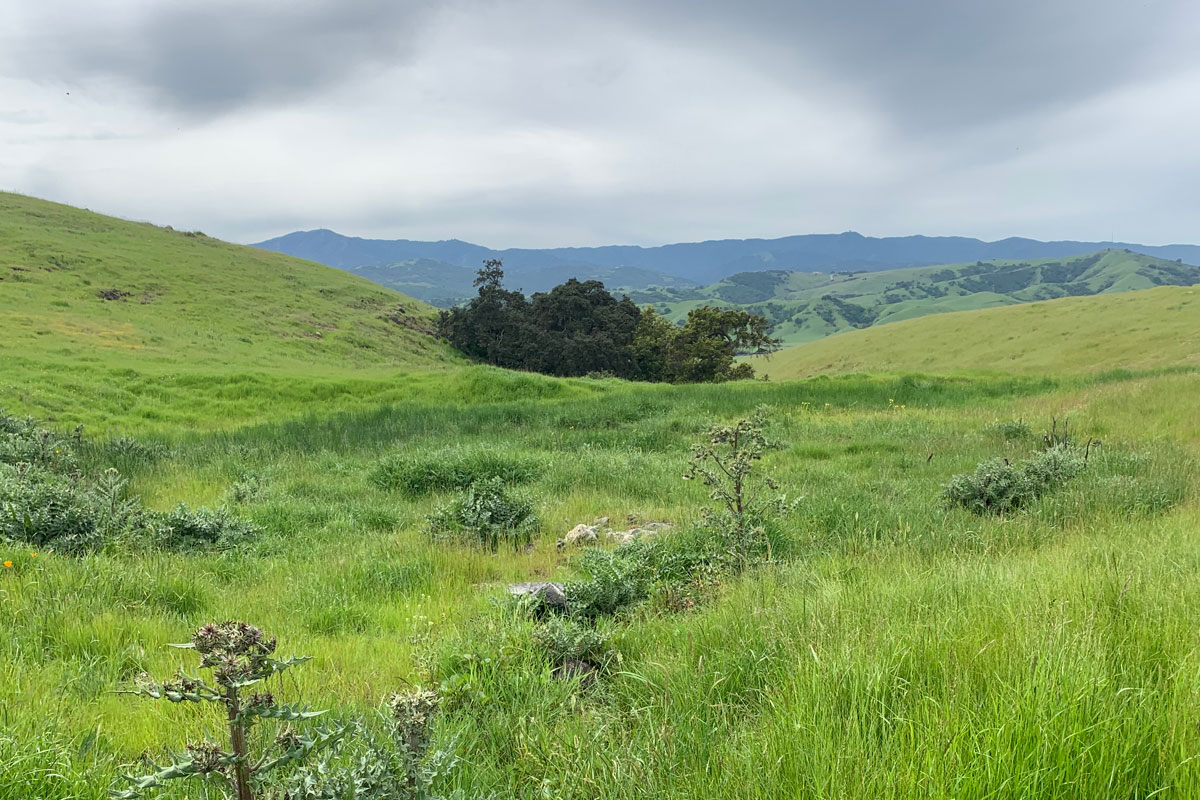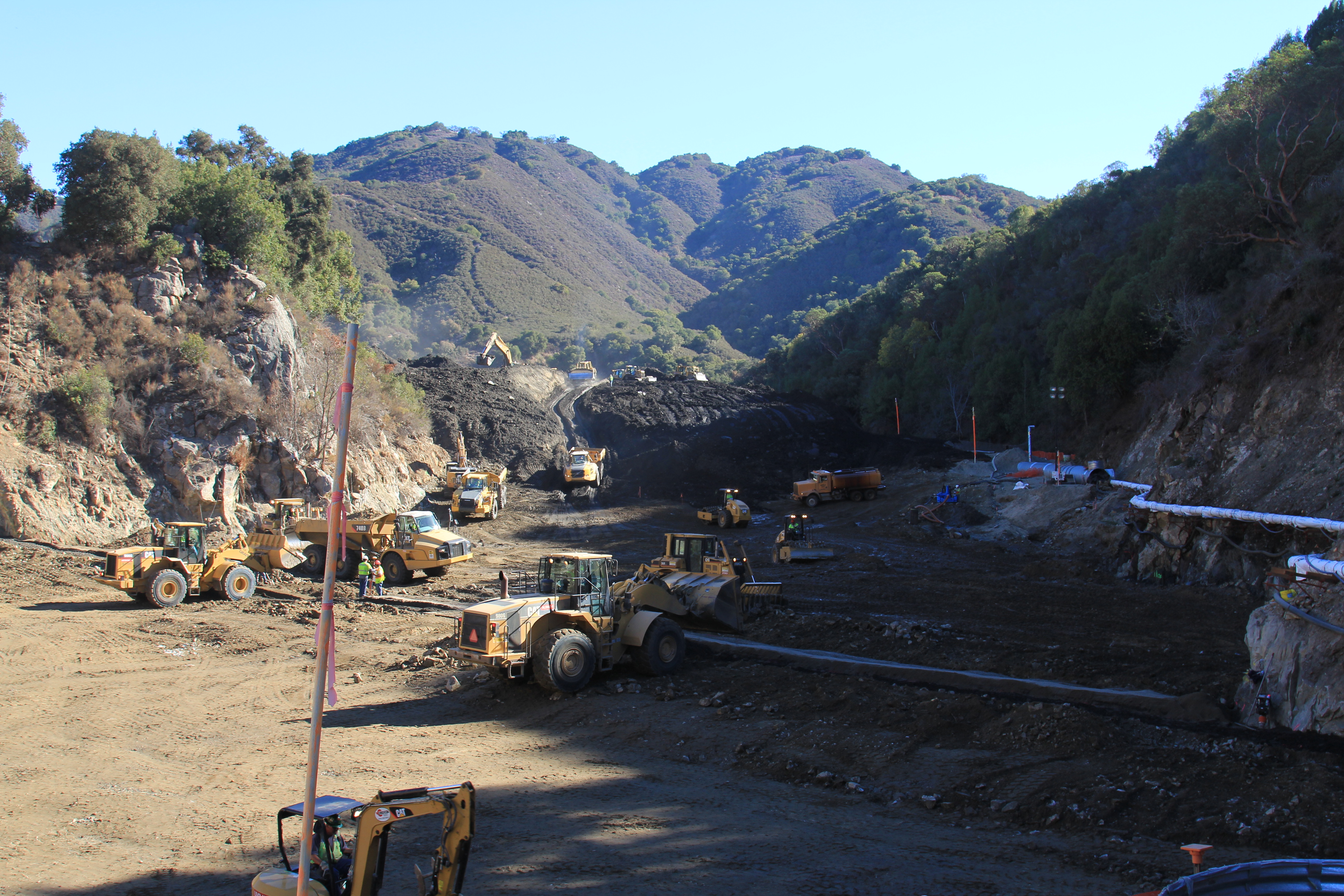Balance recognizes that one of the most dynamic forces of change in meadow systems is beavers. While we push forward with restoration design strategies to raise the water table and restore channel-floodplain connectivity, beavers are often already hard at work doing just this. When approaching a restoration project, our field investigation aims to document where beaver activity is already achieving project benefits and learn from the practices of beavers. Balance has designed and implemented beaver dam analog structures on multiple projects in the Sierra Nevada and coastal regions. We are dedicated to exploring how beaver dam analog structures can be applied to meadow restoration and are actively monitoring natural and human-constructed beaver dam analogs to document their effects. Often, beaver dam analog structures can be strategically placed just downstream of connections to relict channels to spread water to a large floodplain area.
The long-term success of beaver dam analogs hinges on beaver colonizing and maintaining the dam or adaptive management and stewardship over time. In the absence of maintenance by beavers, or where adaptive management may not be possible over the long-term, debris jam structures may be a viable alternative to beaver dam analogs that would function similarly to aggrade an incised channel and increase floodplain connectivity. These type of structures are well-suited for remote restoration sites because they can be implemented by hand labor and construction access can be by foot
Benefits of Beaver Dams and Beaver Dam Analogs
- Beaver dams can benefit the meadow by raising groundwater levels. Beaver dams encourage backwatering and more frequent overbank flooding, in turn, recharging shallow groundwater and increasing groundwater storage.
- Beaver dams attenuate peak flows by detaining floodwaters and spreading higher flows across a floodplain surface.
- In some cases, beaver dams can aggrade an incised channel. In systems where sediment transport is measurable, beaver dams reduce stream velocities and encourage sediment deposition.
- Beaver dams have transformed some intermittent streams back to perennial streams by restoring ‘losing’ streams to become ‘gaining’ streams.
- Beaver dams create more complex aquatic habitat. Deeper, slower waters provide refuge for fish and other aquatic species.
- Beavers have the ability to improve water quality by reducing suspended sediment in the water column, moderating stream temperatures, improving nutrient cycling and removing and storing contaminants.
Balance Restoration Projects Utilizing Beaver / Beaver Dam Analogs for Restoration Projects
- Middle Martis Wetland Restoration
- Upper Truckee Marsh Restoration, California Tahoe Conservancy
- Burke Creek Restoration Design
- Mainstem Martis Creek Restoration
- Bear Creek Middle Meadow Restoration
- Perazzo Meadows Restoration
- Squaw Meadow Restoration
- San Felipe Creek Restoration
- Pavon Creeks Restoration
- Lacey Meadows Restoration
